detail profile michel tremblay
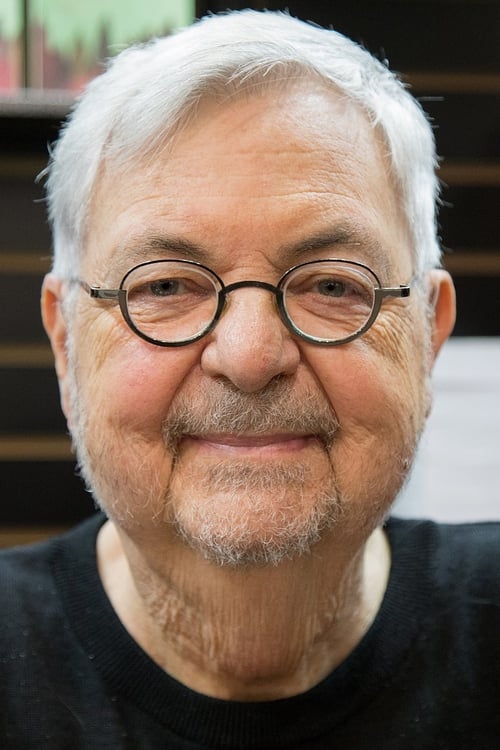
Riwayat Hidup
Michel Tremblay (born 25 June 1942) is a French-Canadian novelist and playwright.
Tremblay was born in Montreal, Quebec, where he grew up in the French-speaking neighbourhood of Plateau Mont-Royal; at the time of his birth, a neighbourhood with a working-class character and joual dialect - something that would heavily influence his work.
Tremblay's first professionally produced play, Les Belles-Sœurs, was written in 1965 and premiered at the Théâtre du Rideau Vert on August 28, 1968.
It transformed the old guard of Canadian theatre and introduced joual to the mainstream.
It stirred up controversy by portraying the lives of working-class women and attacking the strait-laced, deeply religious society of mid-20th century Quebec.
The most profound and lasting effects of Tremblay's early plays, including Hosanna and La Duchesse de Langeais, were the barriers they toppled in Quebec society.
Until the Quiet Revolution of the early 1960s, Tremblay saw Quebec as a poor, working-class province dominated by an English-speaking elite and the Roman Catholic Church.
Tremblay's work was part of a vanguard of liberal, nationalist thought that helped create an essentially modern society.
His most famous plays are usually centred on gay characters.
The first Canadian play about and starring a drag queen was his play Hosanna, which was first performed at Théâtre de Quat'Sous in Montreal in 1973.
The women in his plays are usually strong but possessed with demons they must vanquish.
It is said he sees Quebec as a matriarchal society.
He is considered one of the best playwrights for women.
In the late 1980s, Les Belles-sœurs ("The Sisters-in-Law") was produced in Scotland in Scots, as The Guid-Sisters ("guid-sister" being Scots for "sister-in-law").
His work has been translated into many languages, including Yiddish, and including such works as Sainte-Carmen de la Main, Ç'ta ton tour, Laura Cadieux, and Forever Yours, Marilou (À toi pour toujours, ta Marie-Lou).
He has been openly gay throughout his public life, and he has written many novels (The Duchess and the Commoner, La nuit des princes charmants, Le Coeur découvert, Le Coeur éclaté) and plays (Hosanna, La duchesse de Langeais, Fragments de mensonges inutiles) centred on gay characters.
In a 1987 interview with Shelagh Rogers for CBC Radio's The Arts Tonight, he remarked that he has always avoided behaviours he has considered masculine; for example, he does not smoke and he noted that he was 45 years old and did not know how to drive a car.
"I think I am a rare breed," he said, "A homosexual who doesn't like men.
" He claims one of his biggest regrets in life was not telling his mother that he was gay before she died.
.
.
.
Source: Article "Michel Tremblay" from Wikipedia in English, licensed under CC-BY-SA 3.
0.
Info Pribadi
Peran Yang Di Mainkan Michel Tremblay
 Quebec on the cusp of the 1960...
Quebec on the cusp of the 1960...The Devil's Share 2018
Quebec, on the cusp of the 1960s. The province is on the brink of momentous change. Deftly selecting clips from nearly 200 films from the National Film Board of Canada archives, director Luc Bourdon reinterprets the historical record, offering us a new and distinctive perspective on the Quiet Revolution.
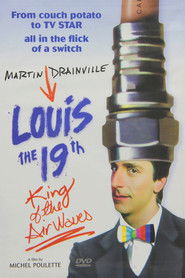 Louis Jobin is an ordinary young...
Louis Jobin is an ordinary young...Louis the 19th, King of the Airwaves 1994
Louis Jobin is an ordinary young man from Montreal who sells televisions at an electronics store. He wins a contest sponsored by the local cable company in which the first prize is that he'll be followed non-stop by a camera crew, with the footage broadcast live on Channel 19. Unfortunately, his ordinary life is so ordinary, despite the best efforts of his starstruck mother, that the producers attempt to spice things up behind his back.
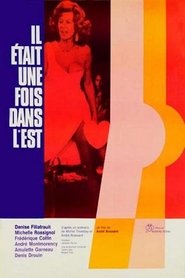 Two women and a transvestite gay...
Two women and a transvestite gay...Once Upon a Time in the East 1974
Two women and a transvestite gay man cross paths in this French Canadian drama. The transvestite is preparing for a drag-queen beauty pageant, and has decided to present himself as Cleopatra. Of the two women, one was just fired from her waitressing job and seeks to go back to work at the nightclub where the beauty pageant is to be held. The other woman's mother has just won one million food stamps.
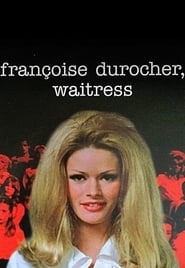 Fictional character played by 24 different actresses...
Fictional character played by 24 different actresses...Françoise Durocher, Waitress 1972
Fictional character played by 24 different actresses, Françoise Durocher is altogether small time waitress, hostess and barmaid. Together, according to the author, they represent the archetypical Québec waitress that everyday waits on us with a smile, despite whatever problems she faces in her personal life. First cinematographic experience of the Brassard-Tremblay tandem, this film full of ironic joy details all the nuances of the waitress living conditions.
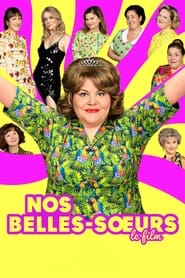 The story of Germaine Lauzon a...
The story of Germaine Lauzon a...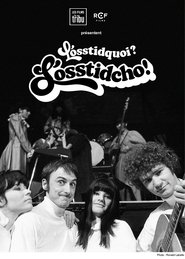

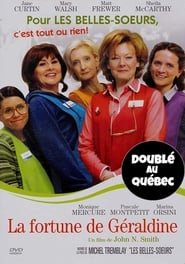 A grocerystore worker in a small...
A grocerystore worker in a small... Large women with a zest for...
Large women with a zest for... A TV film staging of Michel...
A TV film staging of Michel... A stranger comes to a peaceful...
A stranger comes to a peaceful... A day in the life of...
A day in the life of...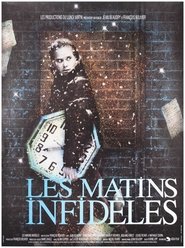 JeanPierre a young photograph takes a...
JeanPierre a young photograph takes a...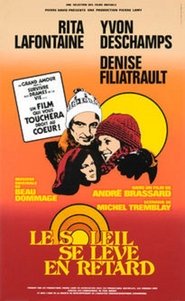 30yearold Quebec City native Gisle lives...
30yearold Quebec City native Gisle lives... A television host tries to react...
A television host tries to react...